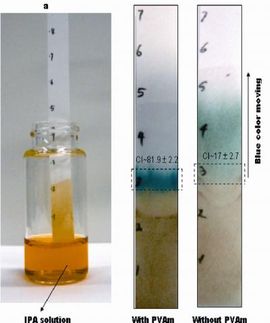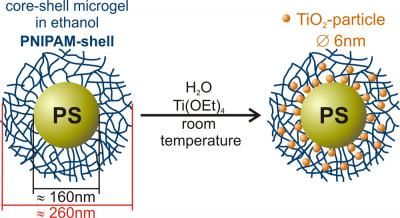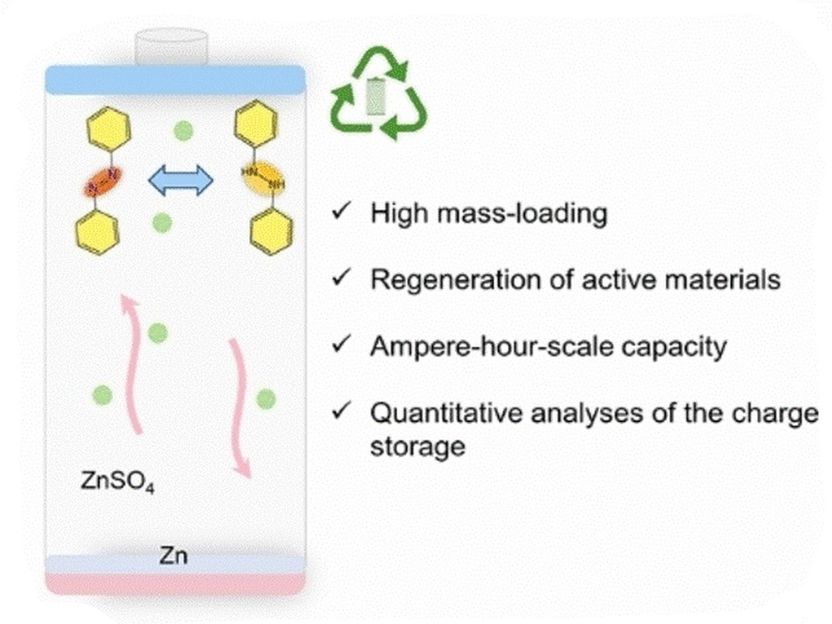Cumulative residues of pesticides in food should be assessed on the basis of clear criteria
Advertisement
The occurrence of multiple residues of pesticides in food keeps causing concern in the perception of the general public. However, the permissible residue quantities (maximum residue levels, MRLs) of pesticides in food may not impair the health of consumers even if several residues are ingested simultaneously or shortly after one another. What is still missing though is a generally accepted method for cumulative risk assessment. It should be simple and transparent so that it can be used routinely in regulatory practice: for MRL setting on EU level, for the authorization of plant protection products and for consumer risk assessment of monitoring samples by the Federal States’ authorities. A methodology for cumulative risk assessment is currently being tested scientifically within the EU. "The BfR has proposed to base cumulative risk assessment on a concept which is suitable for everyday use and which could be used soon by the monitoring authorities," says BfR President Professor Dr. Dr. Andreas Hensel.
Maximum residue levels (MRLs) have been established for pesticide residues in food. Up to the respective MRLs pesticide residues are permitted in food as no health risk exists. The individual substances have been well examined from a toxicological point of view. In reality, however, consumers often ingest several residues - so-called multiple residues - via the various foods they eat. Residues of several active substances which can interact with one another are also being found more and more often on individual fruit and vegetable samples.
The experiences show that only easily implementable assessment methods are suited for a standard application in regulatory practice. Authorities involved in MRL setting and the authorisation of plant protection products require methods with which they can examine the approx. 150,000 MRLs that exist in European law with regard to whether or not they are still safe for consumers under consideration of possible cumulative effects. Food monitoring authorities must be able to use the methods to evaluate quickly and safely whether a food sample with residues of several pesticides constitutes a health risk for consumers. Models which require extensive toxicological information and the handling of large data stocks and complex probabilistic calculation models to assess exposure are not suitable for this purpose.
For the assessment of multiple residues in regulatory practice, the BfR recommends that the cumulative risk be evaluated by means of the determination and addition of hazard indices (HI) for the individual active substances. This is a simple and fast method which provides consumers with adequate protection at the same time and which can be refined step-by-step if necessary by including additional toxicological information. The hazard index is a measure of the extent to which the residue of an active substance ingested via food reaches its toxicological limit values (ADI, ARfD). In addition, the cumulative assessment groups to which the individual substances are classified due to their toxicological effect should not be too big. It would be preferable to use deterministic methods to estimate cumulative exposure.
































































